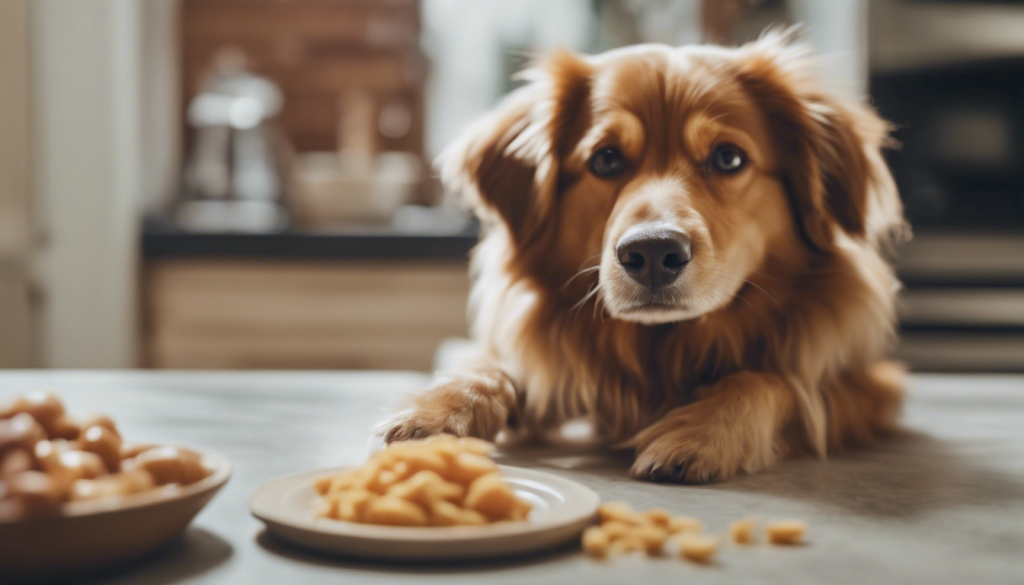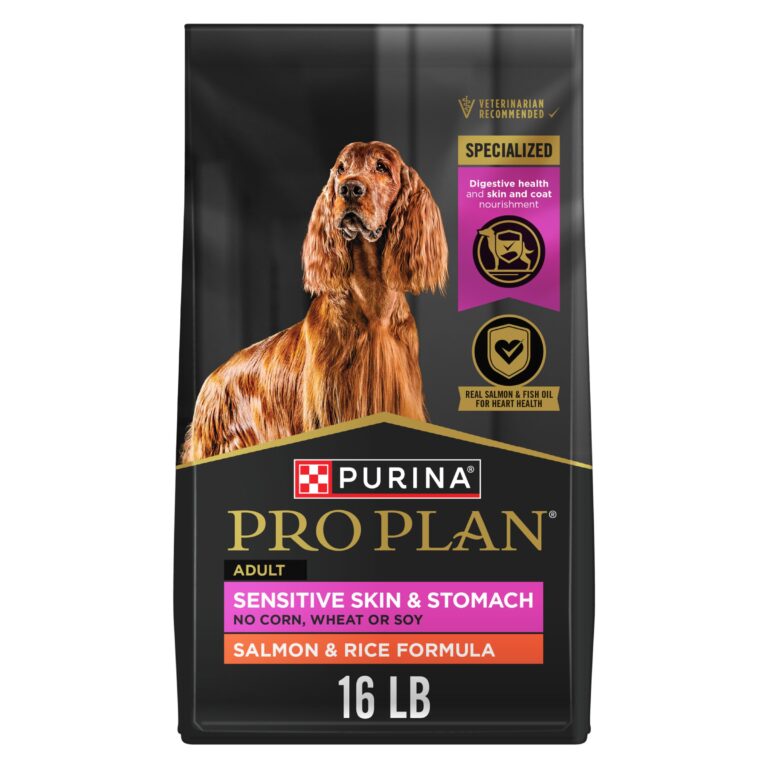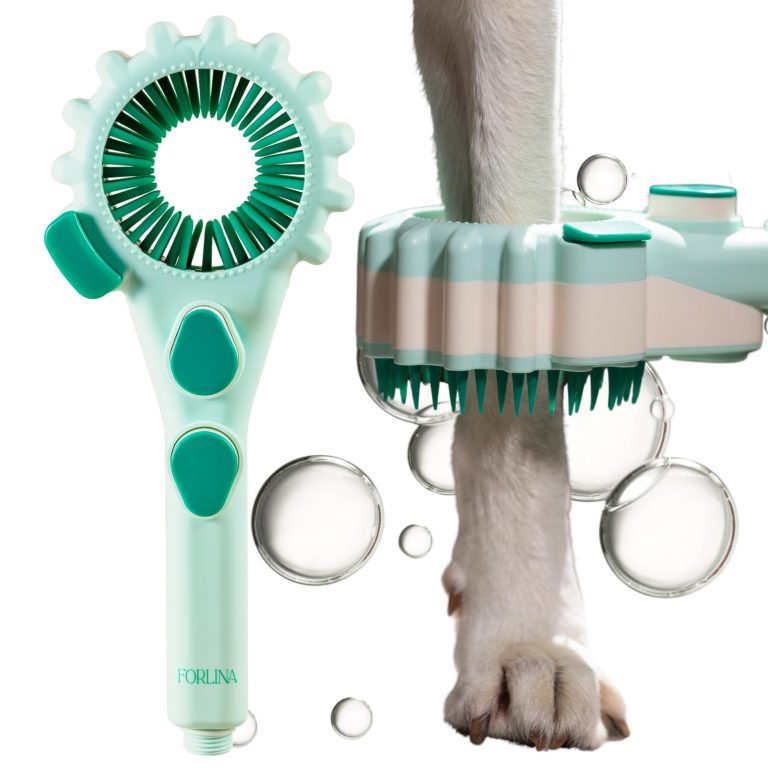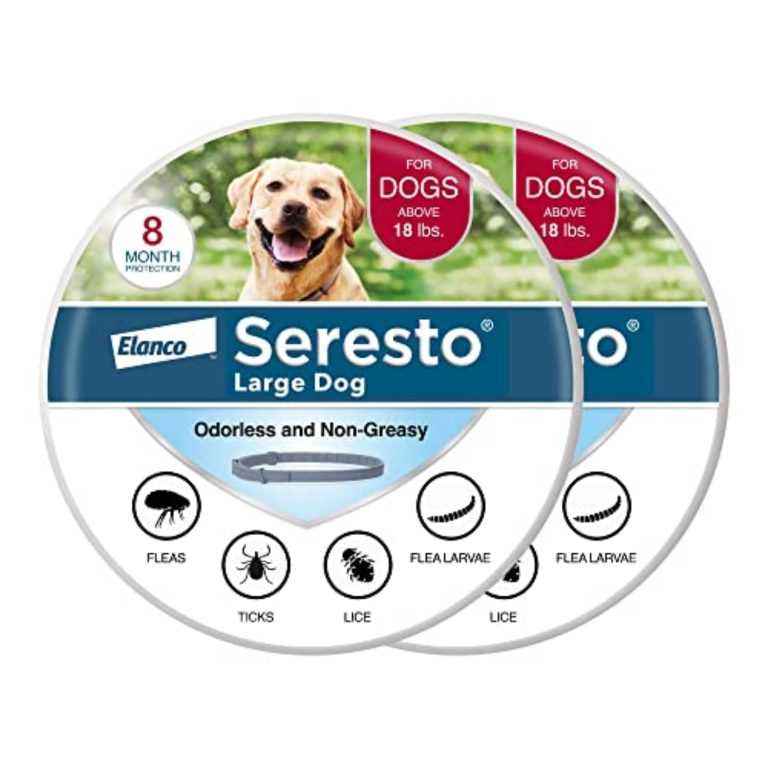Australian Cattle Dog
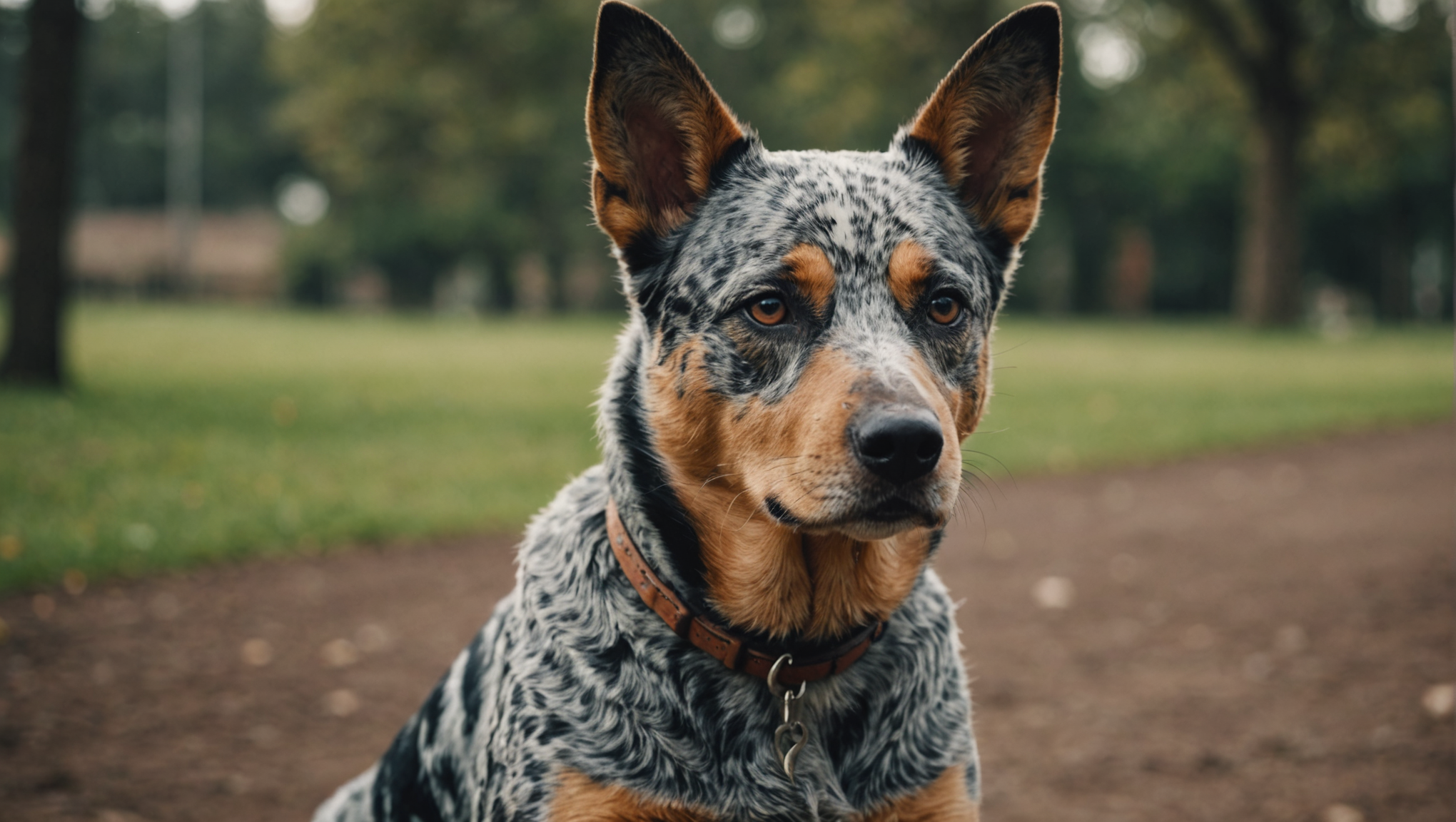
The Australian Cattle Dog, a breed that epitomizes resilience and versatility, traces its origins back to the rugged expanses of Australia in the 19th century. This hardy and intelligent dog was primarily developed for herding cattle over vast terrains, where it was crucial to have a dog that could not only chase down livestock but also manage them effectively, demonstrating remarkable stamina and agility.
The breed’s lineage includes a blend of several dog breeds, notably the Blue Merle Collie, the Dingo, and various working dogs from England. This unique genetic makeup contributes to the Australian Cattle Dog’s steadfast nature and distinctive appearance, characterized by its muscular build, erect ears, and mottled coat that can range from blue to red speckles. Historically, as settlers moved inland, so did the demand for an intelligent and tenacious herding dog, leading to the development of the ‘Halls Heeler,’ named after one of the breed’s early breeders, Thomas Hall. This moniker aptly reflects the breed’s reputation as a tireless worker and devoted companion.
Throughout the years, the Australian Cattle Dog has evolved to meet the diverse needs of livestock management in challenging environments. Their inherent intelligence and strong work ethic make them not only exemplary herders but also loyal family companions. They possess an instinctive ability to read livestock movements, often adopting herding techniques that are both efficient and gentle, showcasing their adaptable nature and understanding of animal behavior. This perceptiveness stems from generations spent in close quarters with both cattle and humans, reinforcing their role as an integral part of the agricultural framework in Australia.
Moreover, their journey from a functional breed to a beloved pet reflects a growing appreciation for their unique traits. Today, Australian Cattle Dogs can be found not just in working environments but also as active family pets, engaging in various canine sports and activities. Owners who embrace their spirited nature often become captivated by the breed’s energy and intelligence, making them an ideal match for individuals and families that lead an active lifestyle.
However, owning an Australian Cattle Dog requires an understanding of their inherent traits: they are not merely pets but companions that thrive on challenge and engagement. Those who desire to share their lives with this remarkable breed must be prepared for the commitment of daily exercise and mental stimulation to keep their Cattle Dog healthy, happy, and well-adjusted. The legacy of the Australian Cattle Dog is not only rooted in their historical contributions to herding but also in the bonds they forge with the families who understand and appreciate the depth of their capabilities and vigor.
Temperament and personality
The Australian Cattle Dog is a breed that embodies an unyielding spirit, sharp intelligence, and a zest for life, all of which stem from its rich heritage as a working dog. Their temperament is often characterized by a robust combination of loyalty and independence, making them not only devoted companions but also individuals with a mind of their own. These traits can sometimes lead to a stubborn streak, which potential owners must recognize and respect. It necessitates an understanding that while they’re eager to please, they also require consistent leadership and guidance to navigate their spirited nature.
Renowned for their alertness and responsiveness, Australian Cattle Dogs possess an unshakeable focus, often exhibiting an innate ability to assess situations and react with agility. This breed is highly trainable; however, their intelligence can sometimes mean they grow bored with repetitive tasks. To keep their minds engaged, owners should employ a variety of training methods, incorporating elements of problem-solving activities, agility training, and obedience work. This not only taps into their natural instincts but also reinforces the bond between dog and owner, establishing a mutual respect essential for a harmonious relationship.
When it comes to socialization, early and ongoing exposure to new environments, people, and other animals is critical for Australian Cattle Dogs. Their protective instincts can manifest if they perceive any threat, making socialization an important component for fostering confidence and reducing skittishness. Introducing them to a variety of positive experiences from a young age can help mitigate potential behavioral issues later on. As Cesar Millan often emphasizes, “A dog is a reflection of its owner.” Thus, an owner’s calm and assertive energy plays a pivotal role in shaping their temperament.
These dogs are energetic and require substantial physical exercise to channel their vivacity appropriately. Daily walks, hikes, and interactive play sessions are essential, as this breed thrives in environments that offer both physical and mental stimulation. Failing to provide adequate exercise can lead to restlessness and potentially destructive behaviors, such as chewing or excessive barking. It is often recommended that they be engaged in structured activities like herding trials or agility courses, allowing them to utilize their natural instincts and remain stimulated.
Health-wise, while Australian Cattle Dogs are generally robust, they are not immune to certain hereditary conditions. These can include hip dysplasia, progressive retinal atrophy (PRA), and certain autoimmune disorders. Regular veterinary check-ups are essential to monitor their well-being, coupled with a balanced diet that supports their active lifestyle. Quality nutrition tailored to their age, size, and activity level is vital to maintaining their strength and vitality. It’s advisable to consult with a veterinarian to determine the most appropriate feeding regimen, ensuring that they receive the proper nutrients to thrive.
Grooming needs for Australian Cattle Dogs are relatively minimal due to their short, dense coat, which sheds seasonally. Regular brushing helps manage shedding and maintain a healthy coat, while baths should be provided as needed, preferably with dog-specific products to protect their skin. Their ears should be monitored regularly for signs of debris or infection, and routine dental care should not be overlooked as oral health is an integral aspect of their overall well-being.
To foster a fulfilling relationship with an Australian Cattle Dog, patience and understanding are paramount. Recognizing their unique personality traits and adapting caregiving approaches accordingly ensures that these remarkable dogs flourish as both companions and effective members of the family. Those who are willing to invest time, effort, and love into their care will be rewarded with an unbreakable bond and a loyal partner that enriches their lives immeasurably.
Health and care
Maintaining the health of your Australian Cattle Dog requires a balanced approach that encompasses regular veterinary care, vigilant observation for potential health issues, and proactive management of their physical and mental well-being. Due to their active nature, these dogs are generally robust; however, they can be prone to specific health conditions that warrant attention. One of the most prominent concerns is hip dysplasia, a genetic malformation of the hip joint that can lead to arthritis or discomfort. It’s vital to ensure that your dog undergoes routine check-ups, as early detection can significantly enhance intervention success.
Additionally, Australian Cattle Dogs might face challenges related to their eyes, particularly progressive retinal atrophy (PRA), a hereditary condition that ultimately affects vision. Early signs may include changes in their behaviors in dim lighting. Regular veterinary examinations, ideally by a professional familiar with breed-specific issues, will help to monitor your dog’s overall health and enable proactive approaches to any detected conditions.
Diet plays a pivotal role in maintaining your Australian Cattle Dog’s health. An optimal diet should be nutritionally balanced, considering factors like age, weight, and activity level. High-quality dog food that is rich in protein and lacks fillers offers the necessary nutrients for building and sustaining their muscular physique. Factors such as whether the dog is more active or sedentary could influence calorie requirements; therefore, consulting a veterinarian about the appropriate daily intake can help shape a clear feeding strategy. The breed is known for their energy levels, so maintaining an adequate caloric intake relative to their activity levels is essential to prevent obesity while supporting overall vitality. Some owners find success in using measured portions to ensure that their pets receive proper nutrition while avoiding overfeeding.
Moreover, it’s advisable to monitor your Australian Cattle Dog’s weight closely, as obesity can exacerbate other health issues, including joint problems. Regular exercise is equally vital; they thrive on mental and physical challenges that keep them stimulated and engaged. Daily play sessions that involve fetch or agility training, paired with long walks, will not only help maintain their weight but also fulfill their strong instinct to herd. Activity should be adjusted according to the climate and your dog’s age or health conditions, as heavy exercise during hot weather can lead to heat stress.
Grooming requirements for Australian Cattle Dogs are moderate owing to their short coat. Regular brushing, ideally a couple of times a week, will help reduce shedding and ensure a healthy, shiny coat. Bathing should be done as necessary, being careful to use dog-specific shampoos that do not strip their coat of natural oils. Additionally, routine dental care—such as brushing their teeth several times a week—promotes good oral health and mitigates issues that can arise later in life. Don’t overlook their ears, which should be checked weekly for any signs of wax build-up or infection, common conditions in breeds with erect ears.
When it comes to emotional health, Australian Cattle Dogs thrive on interaction and engagement with their owners. Isolation or prolonged boredom can lead to anxiety and destructive behaviors, which can manifest as excessive barking or chewing. To combat these issues, it’s crucial to maintain a consistent routine of exercise, training, and socialization. Activities such as playdates with other dogs or participation in dog sports can fulfill their social needs and deepen the bond with their human companions.
Ultimately, the key to fostering a long, healthy life for an Australian Cattle Dog lies in understanding the intricacies of their needs—both physical and emotional. Owners who prioritize proactive care and build a strong, engaging relationship with their dog will not only see their pet thrive but will also enjoy a rewarding partnership built on trust, respect, and loyalty. As Cesar Millan frequently highlights, “Exercise, discipline, and affection – in that order,” becomes a guiding mantra in nurturing these exceptional dogs, allowing them to flourish as both intelligent companions and devoted family members.
Training and exercise
Training and exercise for the Australian Cattle Dog is not merely a requirement; it is a cornerstone of their overall well-being, reflecting their innate characteristics and high energy levels. These dogs possess boundless enthusiasm and an intelligent, eager-to-work attitude that makes effective training vital. As active learners, they flourish when presented with challenges that stimulate both their minds and bodies. Engaging them through structured training sessions can mitigate behavioral issues often stemming from pent-up energy and boredom.
Given their herding background, Australian Cattle Dogs are naturally inclined to follow commands and enjoy participating in activities that allow them to engage their instincts. Therefore, incorporating techniques that capitalize on this herding instinct, such as agility training or obedience courses, can be particularly beneficial. These methods not only provide physical exercise but also refine their problem-solving abilities, thus keeping them mentally sharp. Recognizing their drive and desire for stimulation is essential for formulating an effective training paradigm.
Prospective owners should utilize positive reinforcement as a fundamental training strategy. Methods that reward desired behaviors with praise, treats, or play are particularly effective, as Australian Cattle Dogs thrive under conditions that feel rewarding and enjoyable. However, it’s important to avoid monotonous repetition in training methods, for this breed’s intelligence means they can quickly lose interest in tasks they deem unchallenging. Therefore, varying training activities—incorporating games like fetch or hide-and-seek—can help maintain their engagement and focus.
Socialization is another critical element of training for this breed. Early exposure to a range of environments, animals, and people will help foam a confident adult dog, as socialization reduces the likelihood of fear-based reactions or overly protective tendencies. In fact, Cesar Millan emphasizes the significance of social experiences by stating, “The way to a dog’s heart is through positive socialization.” By actively involving your Australian Cattle Dog in various social scenarios, you foster a well-rounded canine companion capable of handling new experiences with poise.
Daily exercise for an Australian Cattle Dog typically requires a minimum of one hour of vigorous activity. This includes brisk walks, spirited runs, and engaging play sessions that challenge their physical abilities. Activities that involve chasing, retrieving, or navigating obstacle courses not only satisfy their exercise needs but also reinforce the bond between dog and owner through shared experiences. During exercise sessions, it especially important to provide ample opportunities for mental stimulation through training drills—this dual approach nurtures their agility and intelligence.
To further enrich their lives, many Cattle Dog owners discover the benefits of canine sports such as herding trials, agility competitions, or scent work, allowing them to channel their energies and instincts productively. Ensuring that the exercise environment is safe and enclosed is paramount, particularly given the breed’s propensity to chase after smaller animals due to their intrinsic herding nature. Consistency in exercise routines is vital; just as with training, providing structure and predictability reassures your Australian Cattle Dog and satisfies their inherent need for stability.
It is also important for owners to recognize signs of fatigue and exertion in their dogs. While Cattle Dogs possess remarkable stamina, they are not exempt from heat stress or overexertion during extreme weather—offering water and adequate breaks is prudent. Additionally, adjusting exercise regimens according to the dog’s age and health condition is vital; puppies require moderated activity to support proper growth, while senior dogs may benefit from gentler, lower-impact exercises.
In essence, fostering an environment rich in training and exercise not only nurtures the physical well-being of your Australian Cattle Dog but also promotes a flourishing relationship built on trust and mutual respect. By establishing clear boundaries and engaging activities, owners can channel that passionate energy into productive pursuits, cultivating a balanced, harmonious existence with these remarkable pets. In the wise words of Cesar Millan, “A calm and assertive owner is key; when you lead with an energy of assurance, you instill confidence in your dog, allowing them to shine in their own right.
